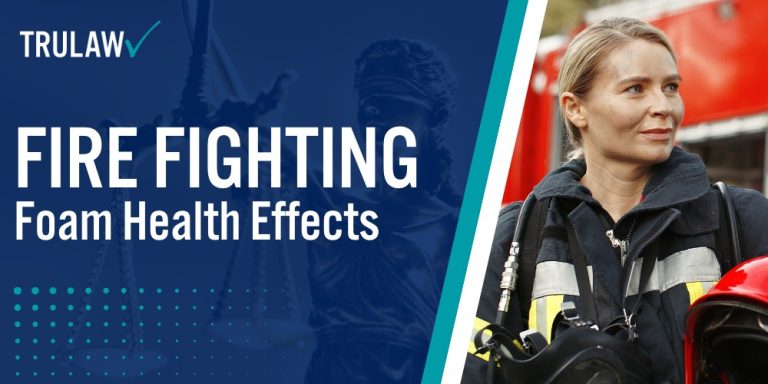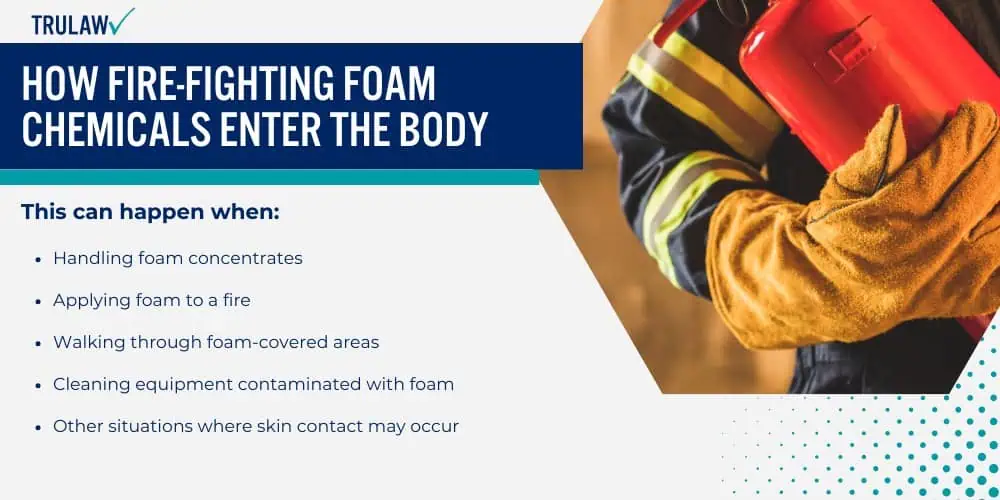Firefighters face significant health risks due to exposure to toxic chemicals in fire-fighting foams.

Many of these foams, known as aqueous film-forming foam (AFFF), contain per- and polyfluoroalkyl substances (PFAS), which have been linked to various types of cancer.
Studies have shown that firefighters who regularly use PFAS-containing foams have a higher incidence of certain cancers compared to the general population.
PFAS in Fire-Fighting Foam Linked to Cancer
PFAS are a group of man-made chemicals resistant to heat, water, and oil.
These properties make them effective for fighting fires but also extremely persistent in the environment and the human body.
Scientific research has established a strong link between PFAS exposure and an increased risk of several cancers, including:
- Testicular cancer
- Kidney cancer
- Pancreatic cancer
- Liver cancer
- Other cancers, as research continues to emerge
The Environmental Protection Agency (EPA) has recognized the potential health hazards associated with PFAS and is working on developing analytical methods to understand better and regulate these toxic substances.
As more research is conducted, additional cancers may likely be linked to PFAS exposure.
Types of Cancer Caused by Fire-Fighting Foam
In addition to the cancers mentioned above, PFAS in fire-fighting foam has also been associated with other malignancies.

Firefighters who have used these foams over an extended period may be at a higher risk for:
- Prostate cancer
- Bladder cancer
- Non-Hodgkin’s lymphoma
- Leukemia
- Additional cancers that may be identified in future studies
The National Institute for Occupational Safety and Health (NIOSH) is actively studying the health effects of AFFF exposure on firefighters.
Their research aims to understand better the relationship between toxic firefighting foam and cancer diagnosis rates among this high-risk population.







